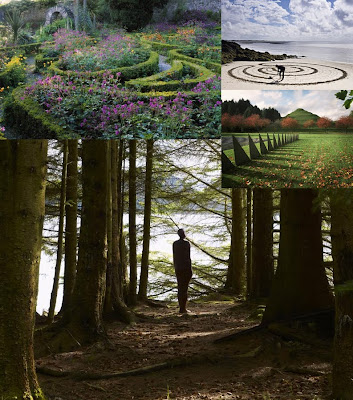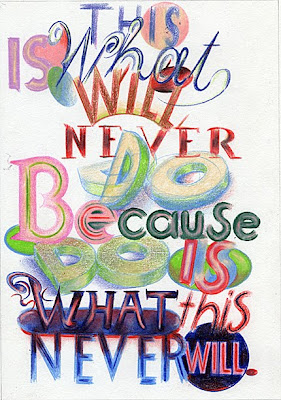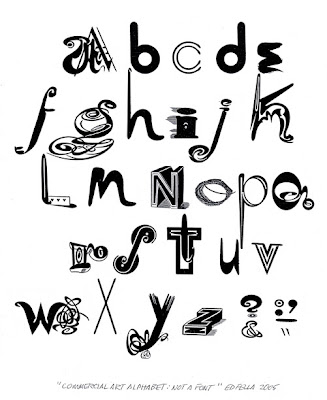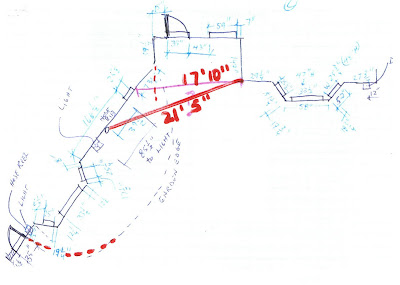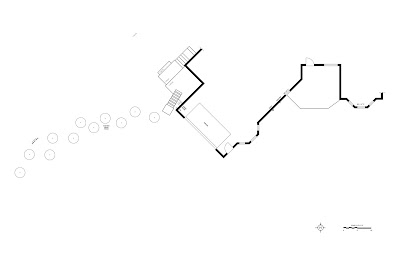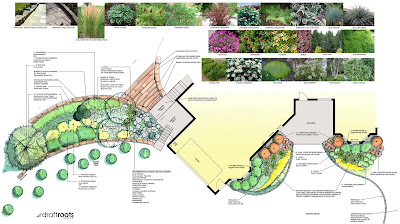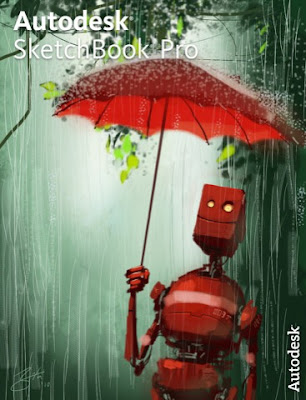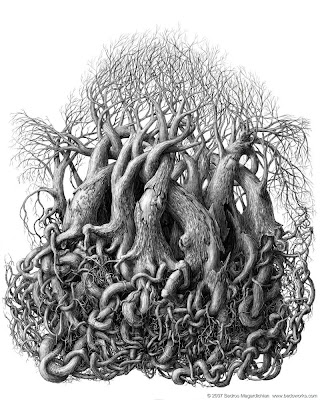In my fortune of travelling the beautiful country of Italy, I visited a number of fantastic garden villas. The Tarocchi garden stands out for it's surreal and other-worldy sculptures. The dedication to the craft of mosaic tile work is a testament to patience and perhaps a glimpse inside the mind of an artist on the edge. Beauty and Madness seem to walk hand in hand through this garden.
The following is an excerpt from the official website:
"Tarocchi Garden is a grandiose and ingenious work of art located in Garavicchio, a fraction in the town of Capalbio, in heart of the southern territory of Maremma, Tuscany."
"A garden, begun in 1979, stopped in 1998 and finished in 2002, it was designed by celebrated artist Niki de Saint Phalle, a fascinating person who dedicated a lot of his time to creating this incredible piece of art. Today he is recognized all over the world not only for his artistic brilliance but also for the message he sought to express in all his works of art"
"The tarot statues reach important and unique dimensions, with some more than 15 metres tall. During work on the garden, the statues lived with the artist himself and are decorated with mosaics of stones and mirrors."
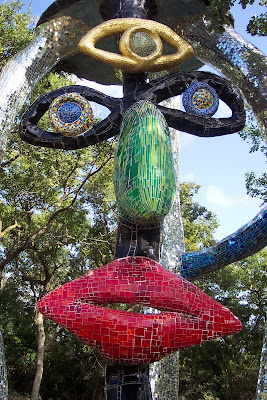
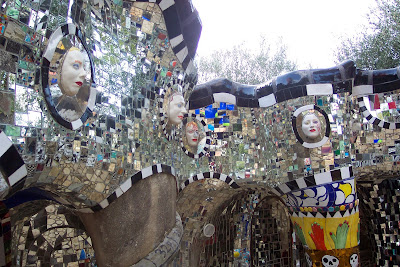
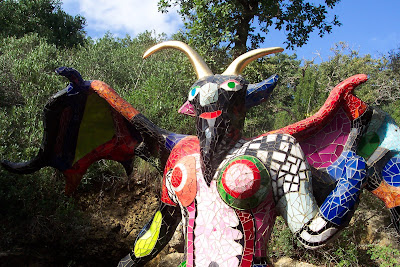
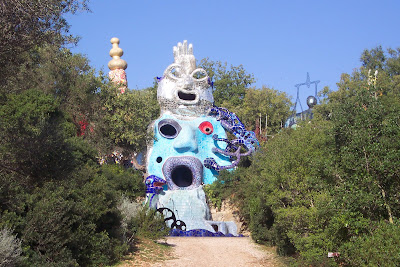
Photos by Draftroots
The following video clip helps to give a sense of scale to the garden.






